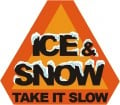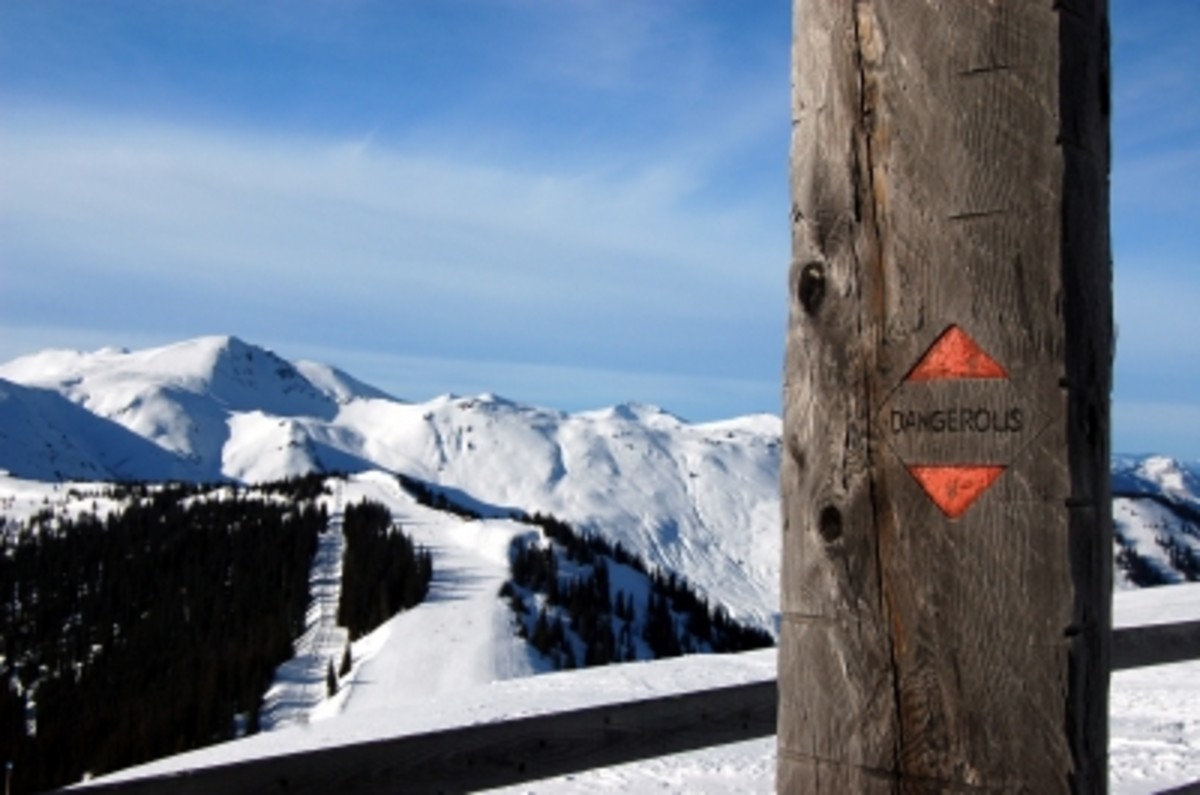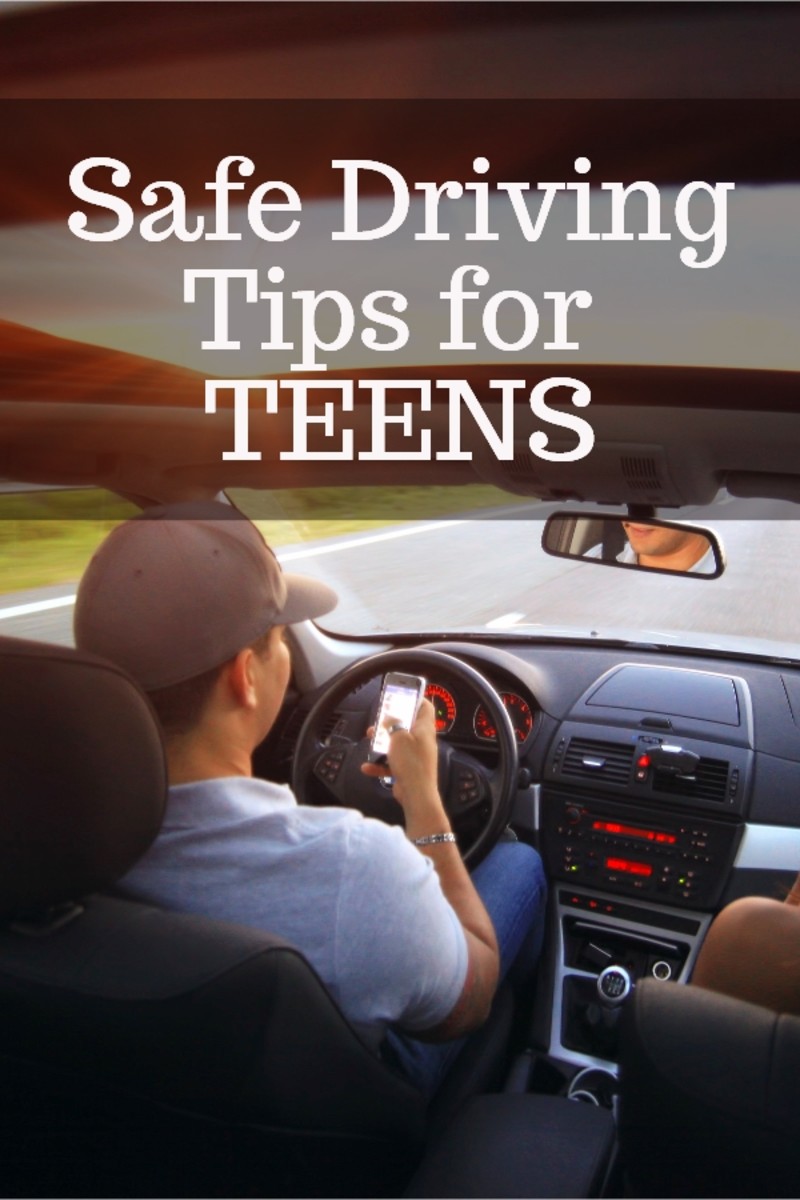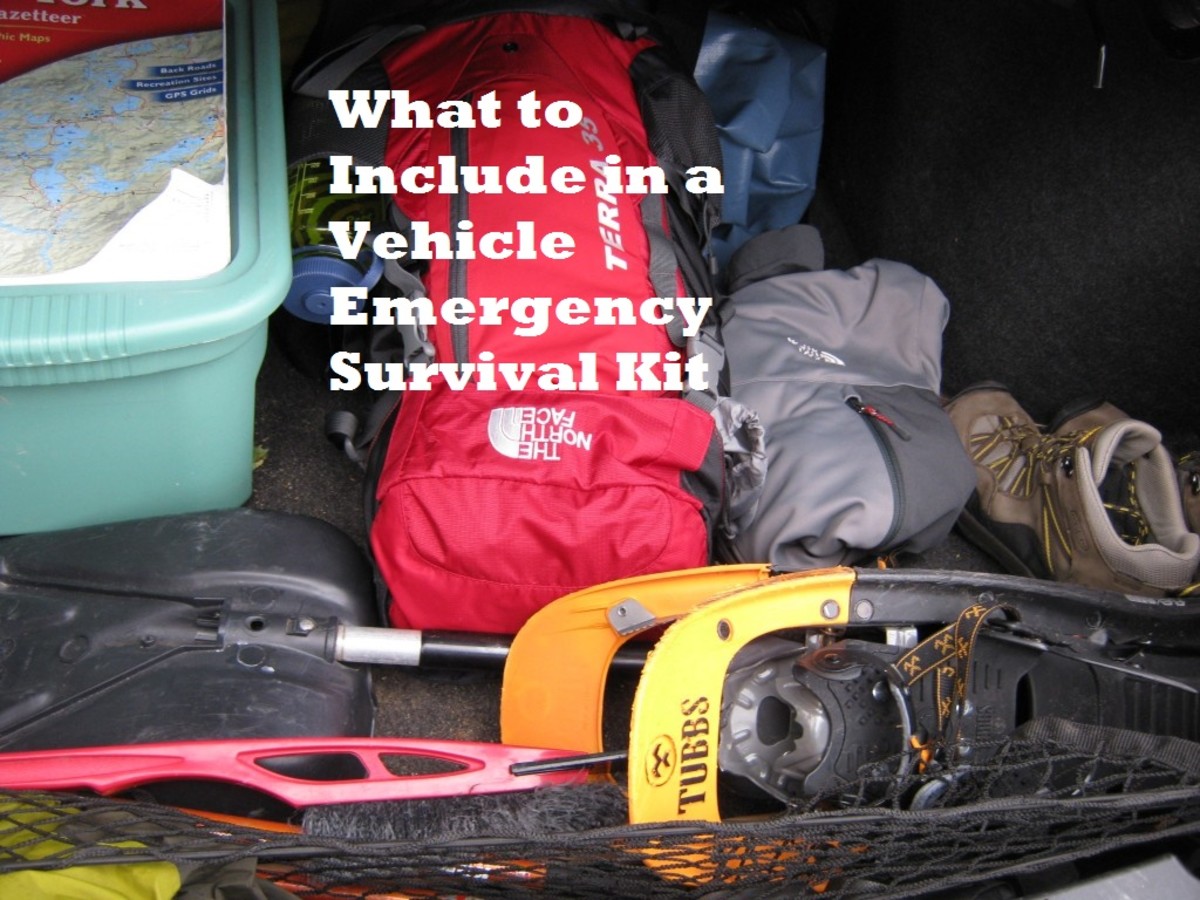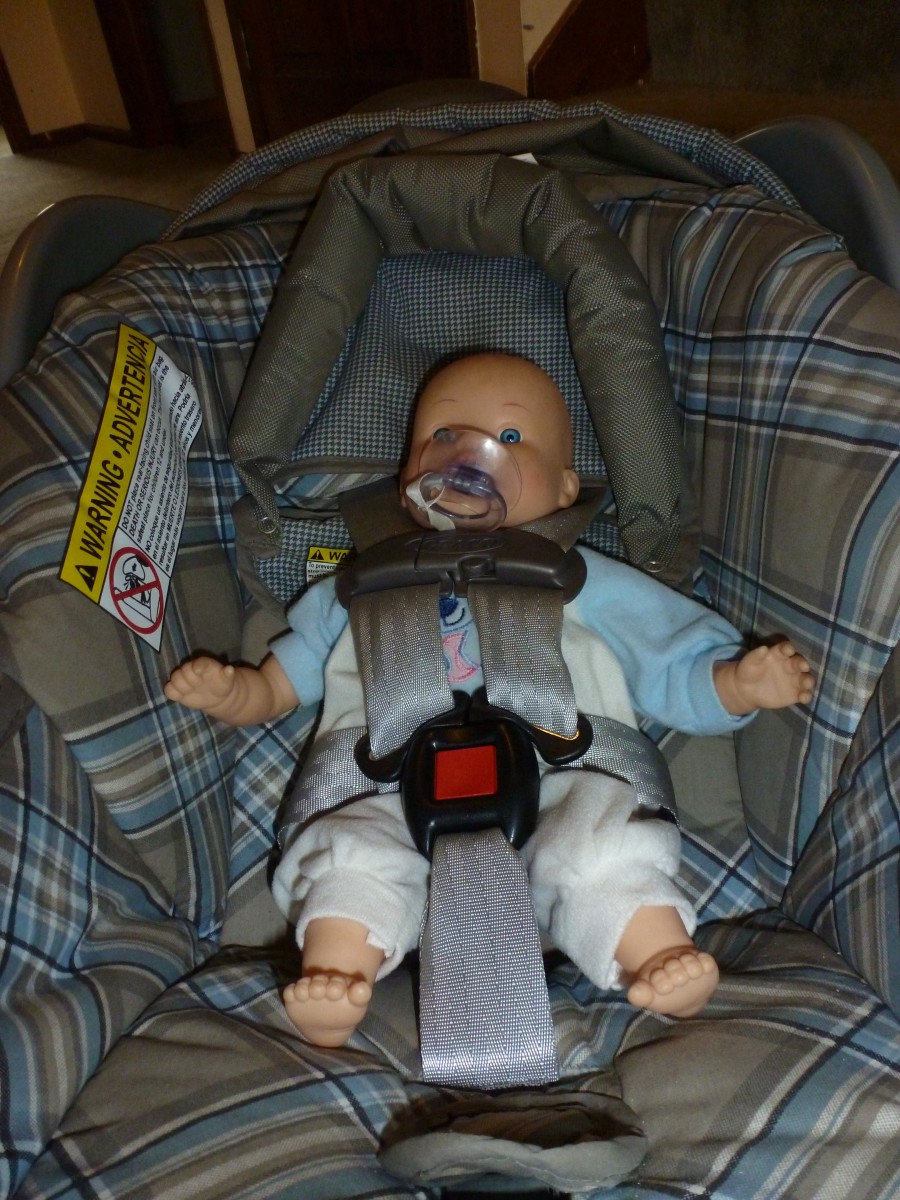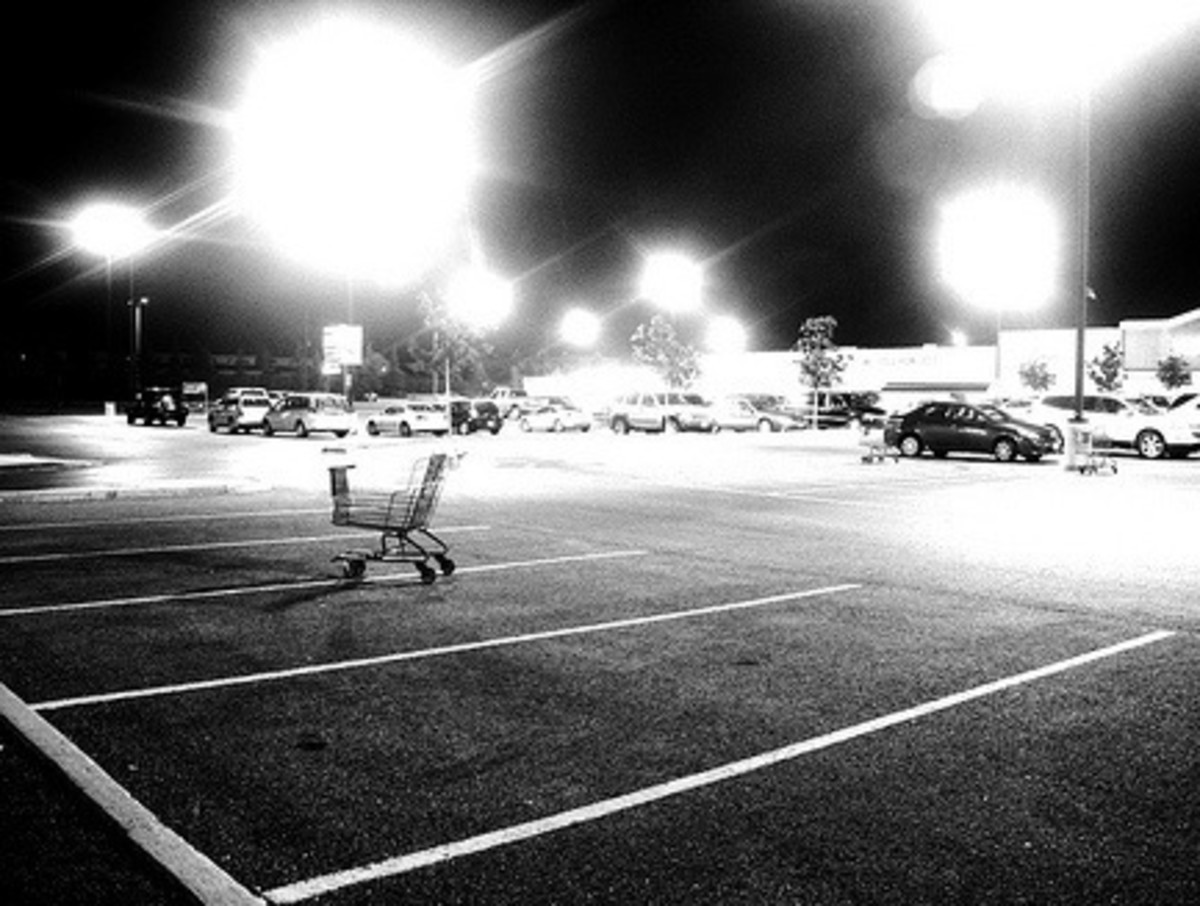Safe Driving In Winter
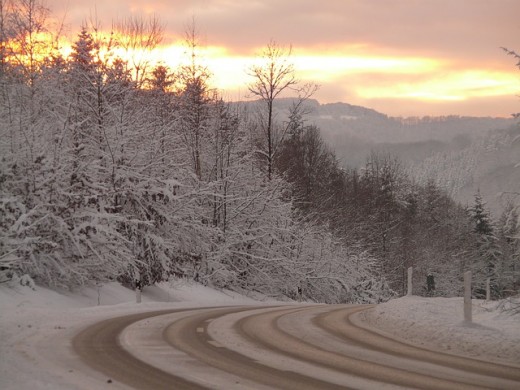
The weather in northern climates is unpredictable at best, especially throughout the winter months. Extreme winter conditions are often forecast, in particular by the tabloid press. However, the weather is notoriously difficult to predict, in particular when forecasting for any period further, than a week ahead. The weather agencies themselves don't always agree with each others' forecasts. One thing you can be sure of, is the fact that our roads are always more hazardous throughout the colder months whether extreme conditions or not.
The Winter Scene
Despite winters connotations of happiness with the arrival
of the biggest holidays of many cultures, the family togetherness and the
beauty of a pristine snowfall, there is of course a darker side to be wary of.
Winters weather is extremely dangerous in most of the temperate zones of the
world.
Its true that the same beauty and awe of snow and ice are
the source of tremendous hazards in daily life. Of course, we all know the woes
of slipping on a patch of ice after that first freeze, a bruising reminder of
the arrival of a very different world to our doorstep.
You must not take the condition of the road for granted throughout winter.
It’s true, just like many other aspects of operating a
vehicle, reckless or ill-preparedness when it comes to winter driving risks not
only your own safety but that of your passengers and other travelers on the road.
The Hazards
While its impossible to account for every possible accident
or emergency life can throw at us at any given time, being prepared and
informed about safe winter driving can save a great many lives for so little
effort. The truth is, being informed and prepared for the hostile driving
conditions of a cold winter is not really that difficult to implement.
The first thing to consider is what the hazards for driving
in winter really are. Of course there is the issue of reduced visibility in the
likes of heavy rain or snowfall. Ensuring the integrity of your vehicles
wipers, bright and standard headlights and defrosting systems goes a long way
to abate the severe cut to visibility this kind of weather can bring.
Along with ensuring the integrity of visibility, fortifying
your vehicle itself will improve its performance and resistance to such cold,
blustery conditions. There are obvious things such as topping all fluids off
regularly, maintaining a supply of antifreeze and routine maintenance on
ventilation and heating.
Is Your Vehicle Safe?
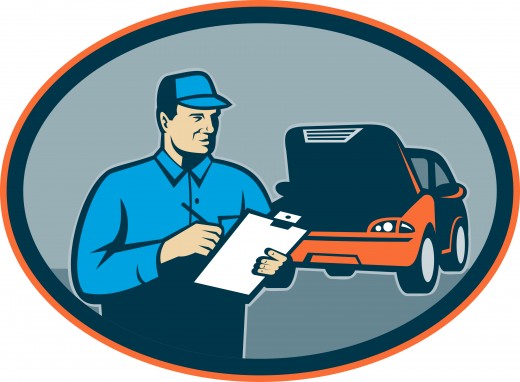
Be Prepared
However, knowing your vehicle well, is especially important- How long does it take for your car to heat up? Do the Demisters work efficiently? How does it handle in freezing temperatures? What tyres are fitted?
This is especially important for commercial vehicles such as semis, large vans
and other similar vehicles.
Tyre choice is possibly the most important decision you can make in winter. This will really effect your cars handling ability.
The qualities of your tyres are highlighted during very cold conditions and often goes a long way to prevent loss
of control in reasonable conditions, being known to reduce fishtailing and even
incidents of becoming stuck in slush, ice or deep snow.
When it comes to such icy or otherwise slippery road
conditions, there are of course other preparations that make a huge difference.
In areas known for especially heavy winter rain, snowfall or icy conditions,
weighting the trunk of smaller vehicles such as cars, SUVs, minivans and
pickups will add valuable traction to reduce further the loss of control which
can happen on treacherous roads.
Hazard Avoidance
Along with ensuring traction, planning your routes through roadways which are less geographically dangerous and
known for more ice and snow prevention maintenance takes a large bite out of
the risk.
Having preparedness for worst-case scenarios is also a major
boon to safe winter driving. A small kit of emergency items should include a
bag of rock salt or cat litter, emergency flares and if possible, a small
propane torch for ice and snow melting. A mobile phone with maximum coverage
and/or a GPS with alert services should also be had, to contact emergency help
if an accident or natural hazard strands a driver.
It also doesn’t hurt to pack an extra emergency blanket or
two, gloves and extra jackets in case the wait time for assistance is
particularly long due to remote location. While likely not an absolute
necessity, having some water and food rations (even granola bars or something
non-perishable) help to fight the effect of the winter weather while awaiting
assistance.
Safe Driving Techniques
Yet, when it comes to winter driving, the most important things
to consider revolve around adjusting ones driving habits wisely to the
conditions. Depending on the severity of the weather and the vehicle type,
traffic speeds should reduce considerably ensuring adequate distance between vehicles, taking into account the over all stopping distance in the prevailing conditions.
You should remember to brake early and gently on icy, snowy or very wet roads because even with high traction tyres, it is very
easy for any vehicle to lose control instantly if brakes are applied excessively.
Sometimes, however, ice is invisible. This so-called black
ice is the result of water, dirty from pavement tar, freezing into rough, dark
and non-reflective ice which is very, very slippery. When this happens, no
amount of caution or preparedness may prevent some loss of control.
When this happens, the most important thing to remember is
to avoid sliding off the road, where the vehicle may overturn or at least
become stuck. Driving in a serpentine pattern, if there is safe room away from
other drivers, to stay on the road is important.
The second thing to remember in such a circumstance is to
lightly and rhythmically pump the brakes between each curve of your serpentine
path, as shedding as much inertia as possible increases the rate at which
control may be regained.
Above all, do not panic, and if going off the road, into a
ditch or median, is unavoidable, do so with as much control and reduced speed
as is possible. At such time, the emergency items from above will come in very
handy.
Finally, its worth noting that our fellow road users are as
important as we are. If we spot an accident or stranded driver along the road,
in the very least, calling and reporting its location to the police is the
least we can do for our fellow roadway travelers. It costs nothing to do and
may save a life.
Check The Prevailing Conditions!


